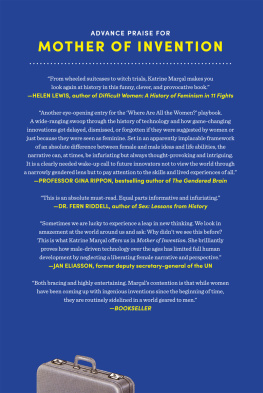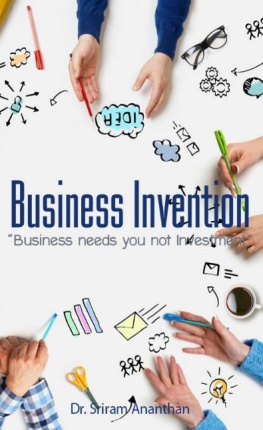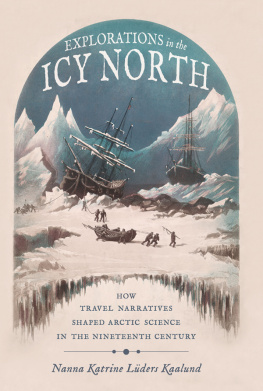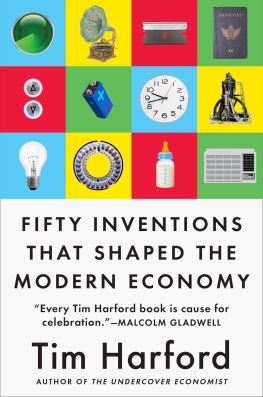Katrine Marçal - Mother of invention how good ideas get ignored in an economy built for men
Here you can read online Katrine Marçal - Mother of invention how good ideas get ignored in an economy built for men full text of the book (entire story) in english for free. Download pdf and epub, get meaning, cover and reviews about this ebook. year: 2021, genre: Detective and thriller. Description of the work, (preface) as well as reviews are available. Best literature library LitArk.com created for fans of good reading and offers a wide selection of genres:
Romance novel
Science fiction
Adventure
Detective
Science
History
Home and family
Prose
Art
Politics
Computer
Non-fiction
Religion
Business
Children
Humor
Choose a favorite category and find really read worthwhile books. Enjoy immersion in the world of imagination, feel the emotions of the characters or learn something new for yourself, make an fascinating discovery.
- Book:Mother of invention how good ideas get ignored in an economy built for men
- Author:
- Genre:
- Year:2021
- Rating:4 / 5
- Favourites:Add to favourites
- Your mark:
- 80
- 1
- 2
- 3
- 4
- 5
Mother of invention how good ideas get ignored in an economy built for men: summary, description and annotation
We offer to read an annotation, description, summary or preface (depends on what the author of the book "Mother of invention how good ideas get ignored in an economy built for men" wrote himself). If you haven't found the necessary information about the book — write in the comments, we will try to find it.
Katrine Marçal: author's other books
Who wrote Mother of invention how good ideas get ignored in an economy built for men? Find out the surname, the name of the author of the book and a list of all author's works by series.
Mother of invention how good ideas get ignored in an economy built for men — read online for free the complete book (whole text) full work
Below is the text of the book, divided by pages. System saving the place of the last page read, allows you to conveniently read the book "Mother of invention how good ideas get ignored in an economy built for men" online for free, without having to search again every time where you left off. Put a bookmark, and you can go to the page where you finished reading at any time.
Font size:
Interval:
Bookmark:
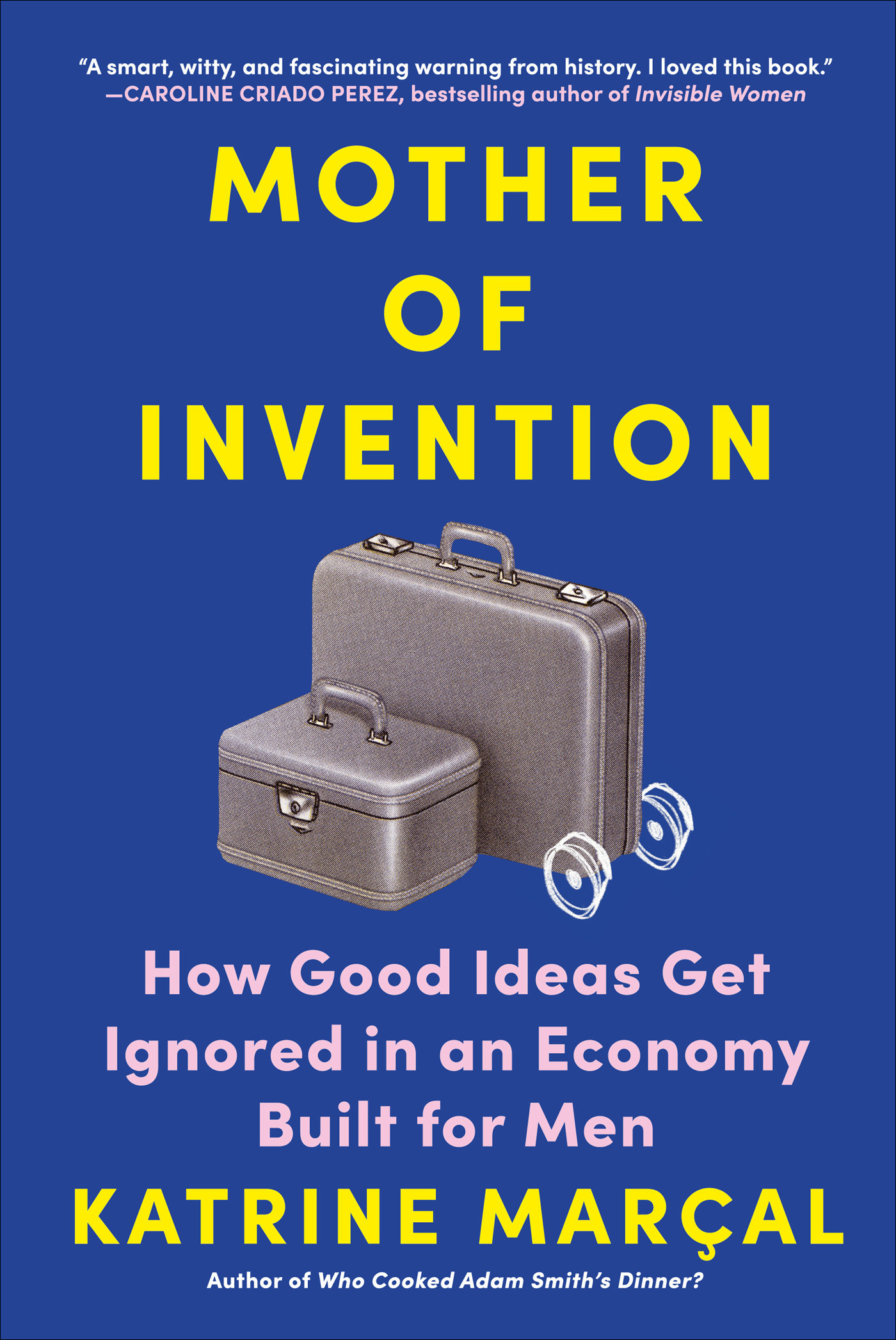

Copyright 2021 Katrine Maral
Translation copyright 2021 Alex Fleming
Cover 2021 Abrams
Published in 2021 by Abrams Press, an imprint of ABRAMS. All rights reserved. No portion of this book may be reproduced, stored in a retrieval system, or transmitted in any form or by any means, mechanical, electronic, photocopying, recording, or otherwise, without written permission from the publisher.
Library of Congress Control Number: 2021934855
ISBN: 978-1-4197-5804-1
eISBN: 978-1-64700-479-8
Abrams books are available at special discounts when purchased in quantity for premiums and promotions as well as fundraising or educational use.
Special editions can also be created to specification. For details, contact specialsales@abramsbooks.com or the address below.
Abrams Press is a registered trademark of Harry N. Abrams, Inc.

ABRAMS The Art of Books
195 Broadway, New York, NY 10007
abramsbooks.com
To Guy
Bernard Sadow was a Massachusetts family man employed in the luggage industrysomeone paid to sit at his desk day in day out, and think about the business of suitcases. In his forties, he was now vice president at US Luggage, and not bad at his job.
It was 1970, and Sadow was on his way back home after a relaxing holiday with his wife and children to Aruba. This Dutch island in the Caribbean was regularly visited by American tourists searching for a warmer climate to spend their dollars in during the winter months.
Sadow stepped out of the car outside the small airport and grabbed hold of his familys suitcases. A two-foot suitcase could hold around fifty-three gallons of luggage and weigh up to fifty-five pounds, so with one in each hand he could just about balance the weight and waddle his way over to check-in.
This was back in the day when it was possible to show up at the terminal twenty minutes before takeoff. The thirty-odd hijackings that took place in the United States each year hadnt yet led to the introduction of metal detectors, or staff hired to prevent you from boarding the plane with a gun in your back pocket.
By contrast, the problem that Sadow faced on this homeward journey was one that many of the worlds major airports had appointed dedicated task forces to solve. Passengers would get sweaty and irritated at having to lug their suitcases in and out of departure lounges and through ever-expanding terminals.
But there was help at hand: For a small fee, porters would take care of your bags, the only alternative being a complex network of baggage carts. Porters, however, were far from ubiquitous, and in order to access the cart system, you first had to find it, so Sadow did what most people tended to do: He picked up his familys suitcases and started to carry them.
But why?
That was the question Sadow would come to ask himself that day, and it would change his industry forever.
While queuing at customs, Sadow noticed a man who presumably worked at the airport. He was moving a heavy machine on a wheeled pallet. As the man quickly maneuvered around him, the businessman spotted the four wheels rolling across the airport floor. Sadow looked down at his own hands, white-knuckled from their grip on the suitcases, and suddenly said to his wife, I know what luggage needs: wheels!
When he got home to Massachusetts, he unscrewed four castors from a wardrobe and fixed them to a suitcase. Then he put a strap on his contraption and trotted it gleefully around the house. This was the future. And he had invented it.
All of this happened barely one year after NASA had launched three astronauts into space in the biggest rocket ever built. With nearly a million gallons of kerosene, liquid oxygen, and liquid hydrogen as fuel, Apollo 11 had blasted itself free of Earths gravitational pull. Hurtling through space at a speed of 20,000 miles per hour, the astronauts had entered the weaker orbit of the moon, cruised through the windless darkness, and taken humankinds first steps on a powdery moondust that smelled of used fireworks.
Yet when Neil Armstrong, Buzz Aldrin, and Michael Collins returned to earth, they picked up their suitcases by their handles, carrying their luggage as it had been carried since the birth of the modern suitcase in the mid-nineteenth century. The question, then, is not why it occurred to Bernard Sadow that suitcases should have wheels. The question is: Why had it never occurred to us before?
The wheel is considered one of humanitys most fundamental inventions. Without the wheel there are no carts, no cars or trains, no waterwheels for water power, and no potters wheels on which to make jugs to carry said water in. Without the wheel we have no cogwheels, jet engines or centrifuges, pushchairs, bicycles or conveyor belts.
But before the wheel there was the circle.
The worlds first circle was probably drawn in the sand with a stick. Perhaps someone might have seen the moon, or the sun, and decided to replicate its shape. Cut the stalk from a flower and you have a circle. Chop a tree and youre met by its annual rings. Throw a stone into a lake and you see its ripples expand on the water. The circle is a shape that comes up time and again in naturefrom cells to bacteria, pupils to celestial bodies. And outside of every circle you can always draw another. This, in itself, is the primary mystery of space.
For the human body, however, the circle is not natural. Your dental hygienist tells you to brush your teeth in small circular motions, but you dont: You scrub them back and forth. The human arm prefers straight lines. This is because of the way our muscles are positioned, and the system of tendons and muscular attachments that connects them to our bones. No part of the human body can rotate 360 degrees: not your wrist, nor your ankle, nor your arm. We invented the wheel to accomplish that which our physical form cannot.
Historians long considered the worlds first wheel to have been made in Mesopotamia. It was a round potters wheel, which is to say it was not used for transport. But today some scholars believe that miners were carting copper ores through tunnels in the Carpathian Mountains long before the Mesopotamians started throwing pots on circular discs. The worlds oldest wheel still in existence is five thousand years old. It was unearthed in Slovenia, about twelve miles south of Ljubljana. In other words, the technology that Bernard Sadow realized he could apply to his suitcase problem was at least five millennia old.
The patent for his invention came two years later, in 1972. In his application, he wrote, The luggage actually glides... any person, regardless of size, strength, or age, can easily pull the luggage along without effort or strain.
Similar patents for suitcases on wheels did in fact already exist, but Bernard Sadow wasnt aware of this when the idea first occurred to him. He was the first person to turn the idea into a commercially successful product, and is therefore considered the father of the wheeled suitcase; but why it took a whole five thousand years to reach this point is more difficult to explain.
The wheeled suitcase has become an archetypal example of how innovation can be a very slow-footed thing. The blindingly obvious can stare us expectantly in the face for an eternity before it actually occurs to us to make something of it.
Next pageFont size:
Interval:
Bookmark:
Similar books «Mother of invention how good ideas get ignored in an economy built for men»
Look at similar books to Mother of invention how good ideas get ignored in an economy built for men. We have selected literature similar in name and meaning in the hope of providing readers with more options to find new, interesting, not yet read works.
Discussion, reviews of the book Mother of invention how good ideas get ignored in an economy built for men and just readers' own opinions. Leave your comments, write what you think about the work, its meaning or the main characters. Specify what exactly you liked and what you didn't like, and why you think so.

